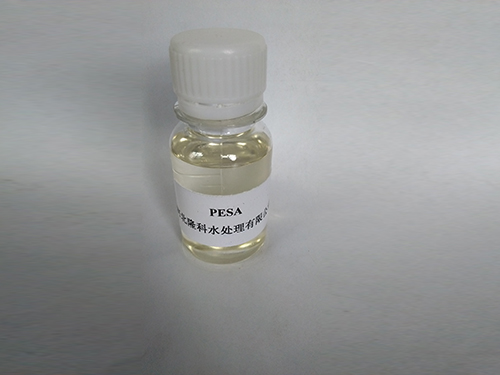Exploring the Applications and Benefits of Amino Tri Methylene Phosphonic Acid in Modern Chemistry
Amino Tri Methylene Phosphonic Acid Structure, Properties, and Applications
Amino tri methylene phosphonic acid (ATMP) is a phosphonic acid derivative that has gained significant attention in various industrial applications due to its unique chemical properties. This compound, which can be represented as (HOOC)3P(CH2)2NH2, combines both amino and phosphonic acid functional groups within its structure. The presence of these functional groups imparts distinctive characteristics to ATMP, making it a versatile agent in many fields, particularly in water treatment, scale inhibition, and as a chelating agent.
Chemical Structure and Properties
The molecular structure of amino tri methylene phosphonic acid features a phosphorus atom bonded to three methylene groups, each carrying a carboxylic acid moiety, along with an amino group
. This configuration enables ATMP to exhibit both acidic and basic properties, providing it with the ability to interact with various metal ions and other compounds effectively. The strong chelating ability of the phosphonic acid group allows it to form stable complexes with metal ions such as calcium, magnesium, and iron, which are often responsible for scale formation in industrial processes.ATMP is typically available in a colorless to yellow liquid form and is highly soluble in water. Its pH can range from acidic to neutral, depending on the concentration and specific formulation of the compound. This solubility and adaptability in pH make ATMP an excellent candidate for various applications, wherein it can function effectively across a range of conditions.
Industrial Applications
One of the most prominent applications of ATMP is in water treatment. In industrial water systems, such as cooling towers and boilers, scale formation can severely hinder efficiency and increase maintenance costs. ATMP serves as an effective scale inhibitor by binding to calcium and magnesium ions, thereby preventing them from precipitating and forming scale deposits. This property is essential in maintaining the integrity and efficiency of water systems, ultimately leading to significant energy savings and reduced operational expenses.
amino tri methylene phosphonic acid

Additionally, ATMP is utilized in the oil and gas industry, where it acts as a corrosion inhibitor and scale control agent in oilfield operations. The ability of ATMP to chelate divalent metal ions also helps in reducing the amount of metal sulfide scale that can lead to blockages in pipelines and equipment. This property is particularly valuable in enhancing the longevity and efficiency of extraction and transportation systems.
Beyond water treatment and oil and gas applications, amino tri methylene phosphonic acid finds uses in agricultural formulations and as a dispersing agent in various chemical formulations. Its ability to bind metal ions can enhance nutrient availability to plants, thereby promoting growth and yield. Furthermore, in the field of cosmetics, ATMP is occasionally included in formulations to improve product stability and effectiveness.
Environmental Considerations
As with any chemical compound, the environmental impact of ATMP is a consideration for its use in industrial applications. While ATMP is generally regarded as having low toxicity, regulations surrounding the use of phosphonic acids are tightening due to concerns over environmental persistence and potential bioaccumulation. Manufacturers and users of ATMP are encouraged to pursue best practices regarding its application, disposal, and potential alternatives that may offer reduced environmental risks.
Conclusion
Amino tri methylene phosphonic acid is a valuable chemical compound with diverse applications across several industries. Its unique chemical structure facilitates its role as a scale inhibitor and chelating agent, contributing to improved efficiency and reduced operational costs in industrial water systems, oil and gas extraction, and agricultural practices. As industries continue to prioritize sustainable practices, understanding the environmental implications of compounds like ATMP will be crucial in leveraging its benefits while minimizing ecological impact.
-
Understanding Acrylic Homopolymers and Their ApplicationsNewsApr.01,2025
-
The Emerging Importance of Polyaspartic AcidNewsApr.01,2025
-
Poly Aluminum Chloride and Polyacrylamide: Key Players in Water TreatmentNewsApr.01,2025
-
Flocculants for Water TreatmentNewsApr.01,2025
-
Essential Solutions for Water Treatment and PurificationNewsApr.01,2025
-
Chemical Solutions for Advanced IndustriesNewsApr.01,2025





